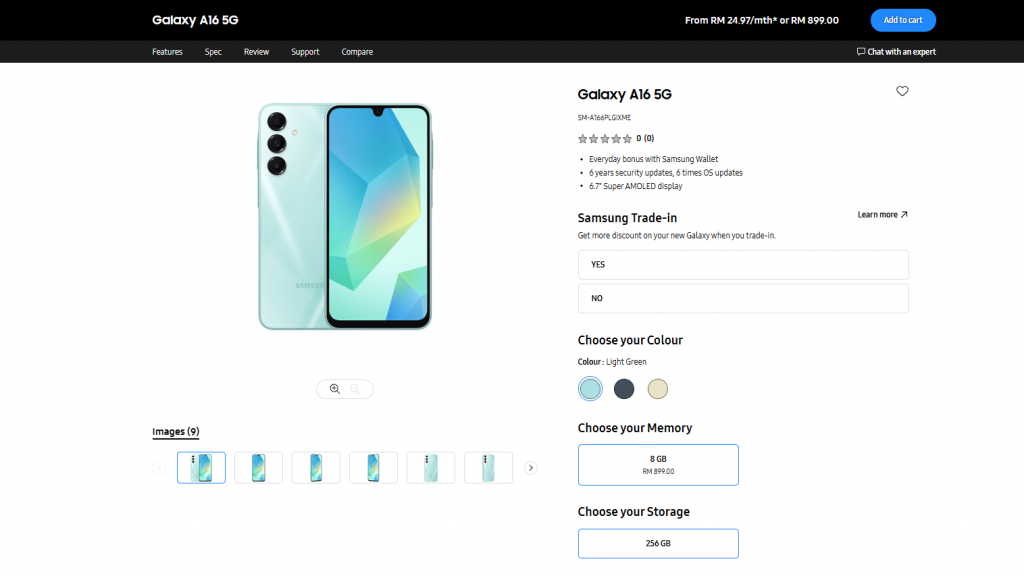A new report outlines the environmental damage from vinyl record emissions. It’s not great – but there is some good news.
Vinyl Record Emissions
A new report from the Vinyl Record Manufacturer’s Association (VRMA) and Vinyl Alliance outlines the environmental impact of the manufacture of a vinyl record, including packaging.

The stated longterm goal of the two groups is to understand the carbon impact of the vinyl pressing industry “from cradle to grave” – that is, from pressing to disposal. The first-ever report focuses on the “cradle-to-factory gate” footprint of a vinyl record, taking into account the activities of a pressing plant, a stamper manufacturer, and a lacquer-cutting studio.
The report indicates that the footprint of a standard 140g weight vinyl record is about 1.15 kg CO2e. This is roughly the same as a pint of cow’s milk. To continue the breakfast analogy, boiling a liter of water in an electric kettle for coffee or tea consumes 70 kg CO2e while an orange requires 90 kg CO2e to grow and make it to your house. Remember that the 1.15 kg CO2e of the vinyl record is for the various stages of manufacturing only and doesn’t include shipping.
Vinyl Record Emissions: Breaking Down the Emissions
According to the report, 50% of the manufacturing emissions come from the PVC compound used to press the records. The report notes that using 180g weight vinyl raises the carbon footprint by 14% compared to 140g, while 200g will bring it up 19%. If you ask for splatter vinyl – an increasingly more common occurrence – that ups it by 26%.

To further break it down, 30% of the cradle-to-factory gate footprint comes from energy consumption at the factory, while print packaging of jackets, inserts and sleeves occupies 13% of vinyl record emissions.
Although shipping is not included in the report, the authors state, “If the records are airfreighted from Europe to America (or vice versa) that would add another 1.36 kg CO2e to the footprint. Air freight from Europe to Australia would add 3.46 kg CO2e per record.”
Vinyl Record Emissions: Steps to Reducing the Footprint
The report is not all doom and gloom. It also outlines five steps to reducing the carbon footprint of a vinyl record. The authors recommend eliminating air freight (press locally), switching to a new “bio-attributed” PVC compound to cut the footprint by up to 44%, pressing on 140g vinyl, keeping packaging simple (gatefold sleeves add between 10 and 15%) and going zero-carbon energy in factories.
Vinyl Record Emissions: How About Streaming?
As for whether streaming has less of an impact on the environment than vinyl manufacturing, that remains to be seen.
“We can’t say – yet – whether buying a physical record is more damaging to the environment than streaming music,” says the report. “But we have provided the first verified data from the vinyl industry to help tackle this question.”
Although this report is aimed at those involved with the vinyl record industry – manufacturers and retailers – it’s something for us as consumers to consider as well.
What do you think of these findings? Will you change your buying habits?






